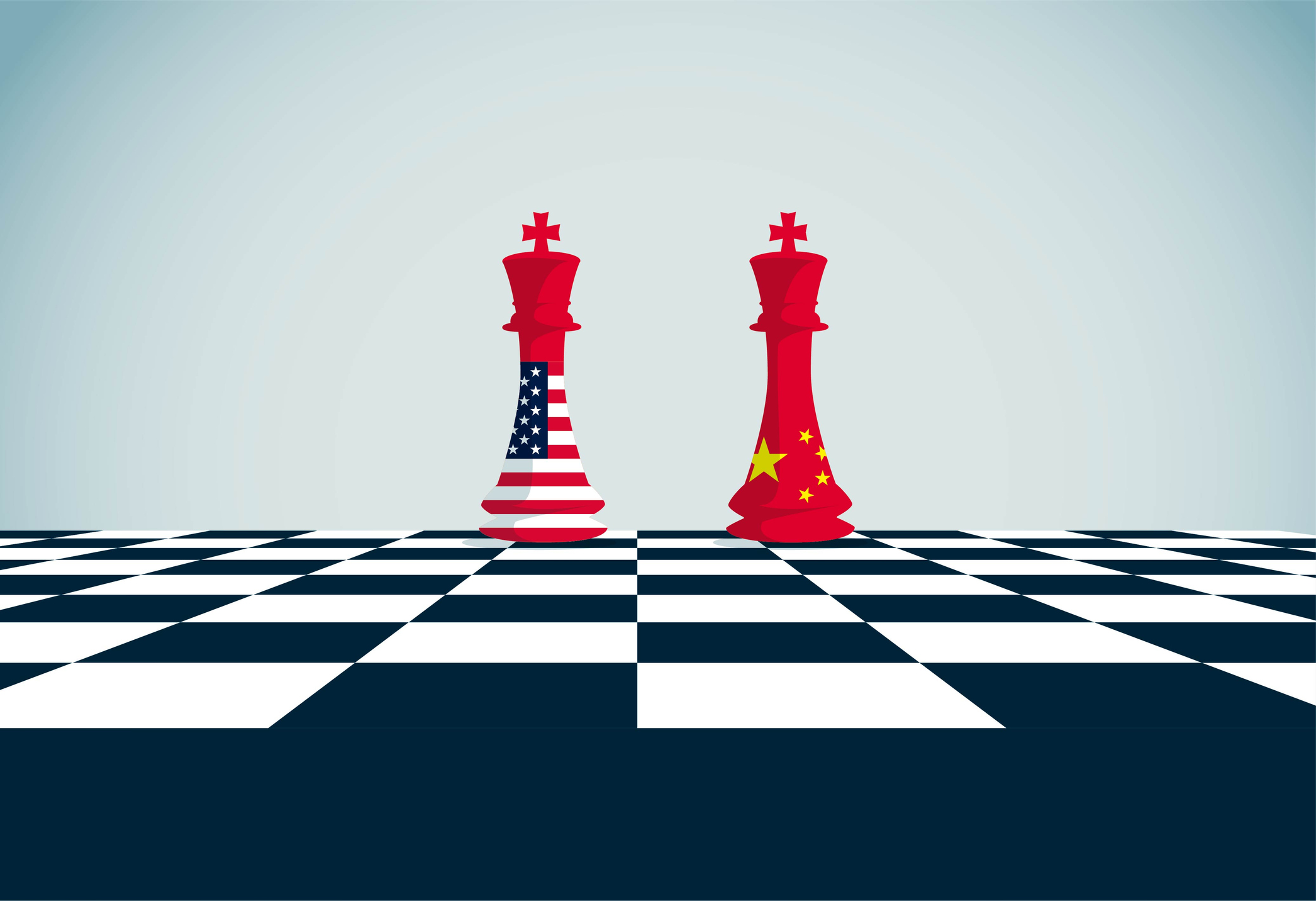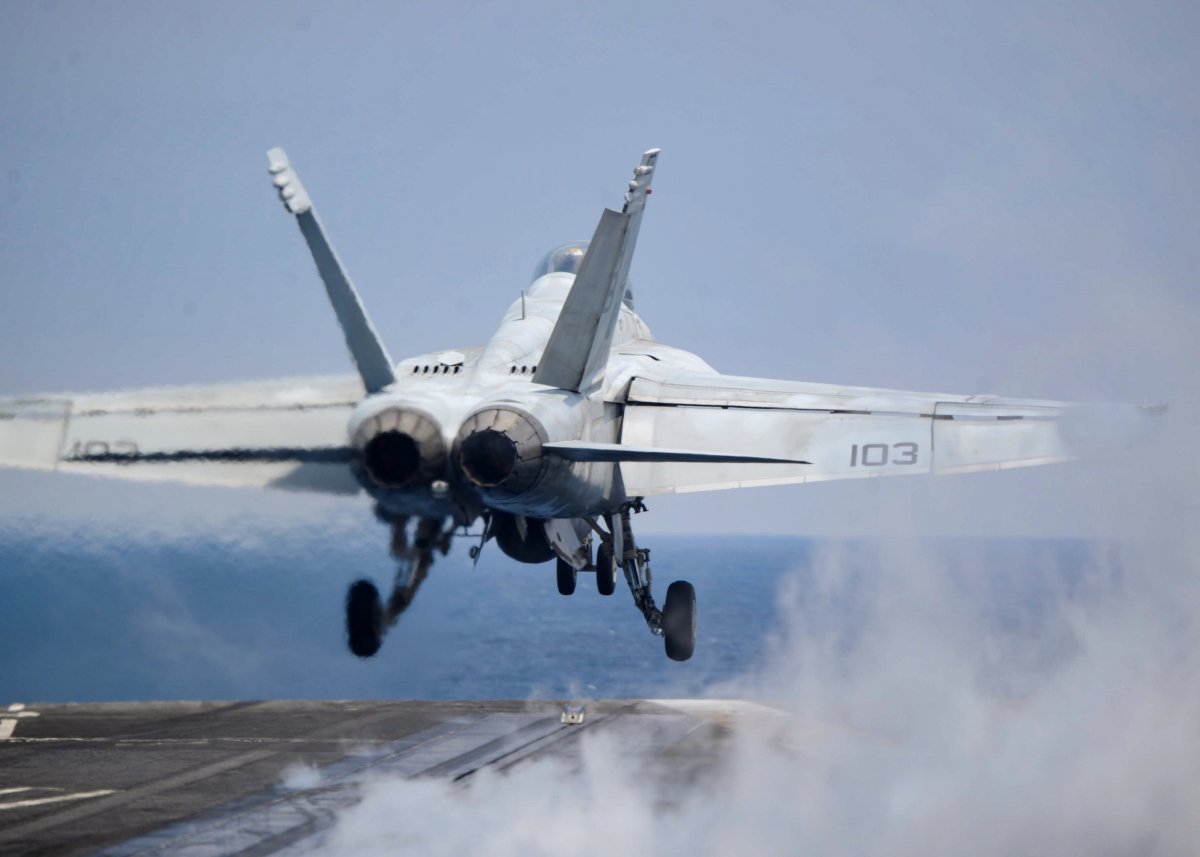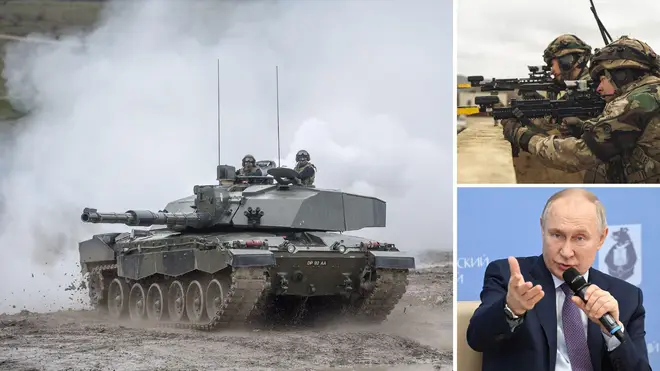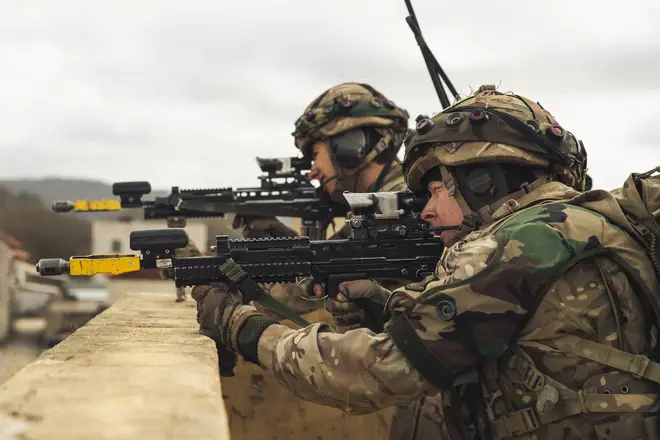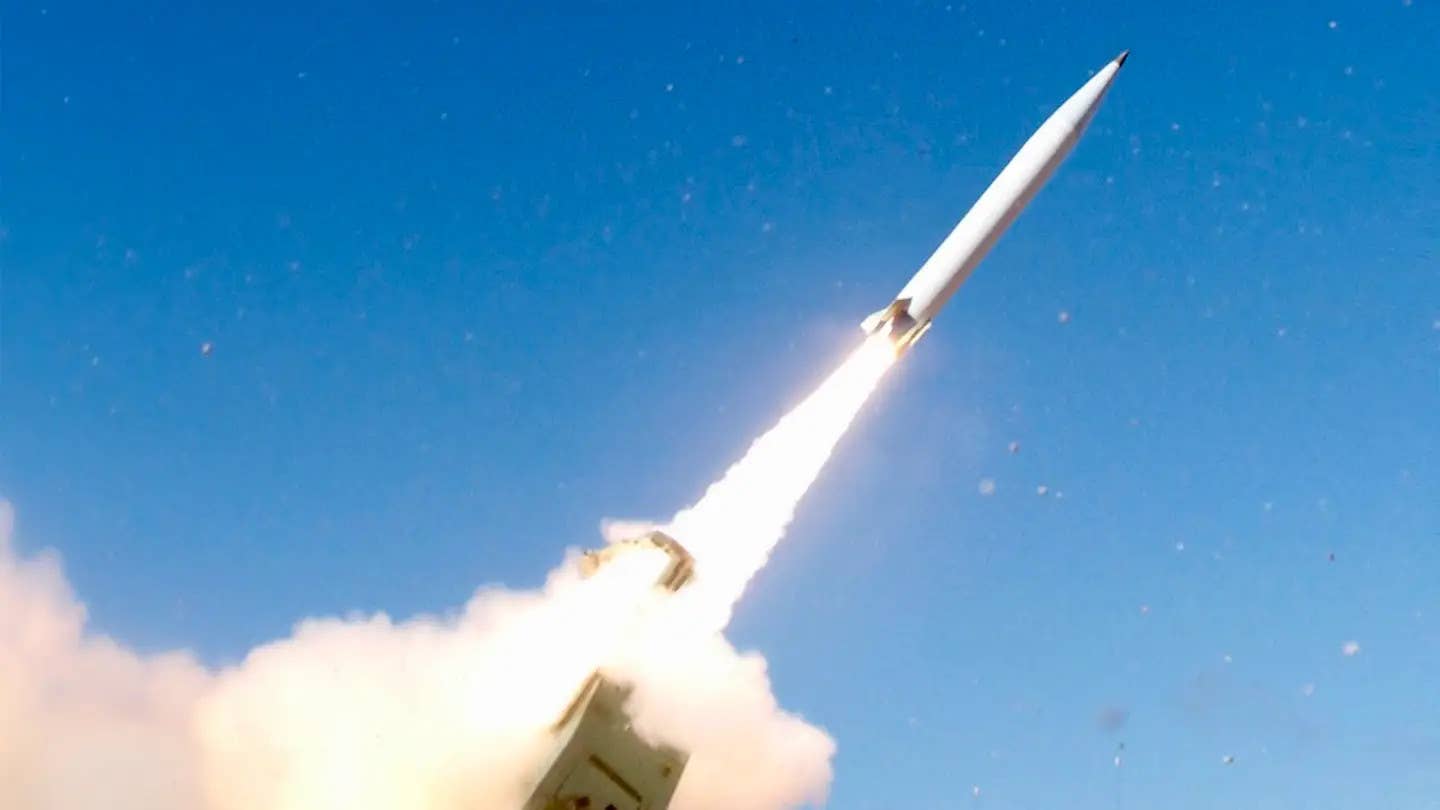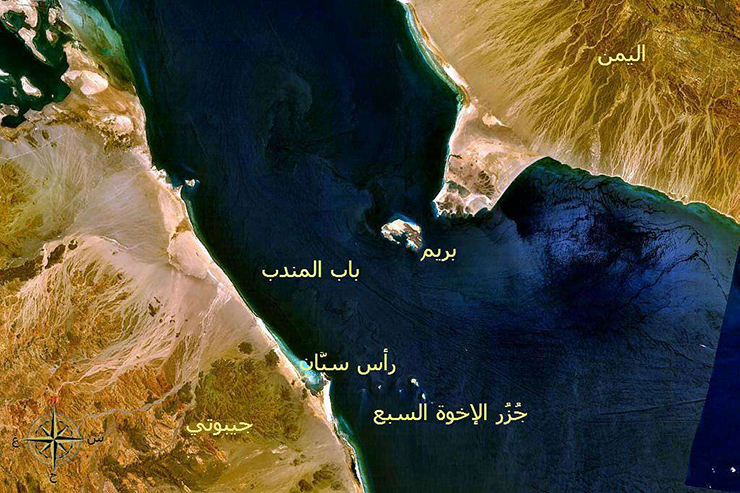SEAN O'DRISCOLL
It seems a long way from the misery of Gaza's shattered buildings. Situated a short walk from the Golden Horn, an estuary of the Bosphorus in bustling Istanbul, AG Plaza boasts terraces, pools and commercial space, and is designed to attract tech companies that want to benefit from the city's Commerce University campus.
Yet the two places are indeed linked. The glistening project in Turkey's cultural capital was built by a company controlled by what the U.S. Treasury Department describes as "Hamas elements."
The AG Plaza in Istanbul is just one example of how, according to the U.S. Treasury Department, It reveals extensive new links between companies and individuals that the U.S. says are funding Hamas operations.
Hamas is running a network of construction companies worth hundreds of millions of dollars, a Newsweek investigation has found.
By examining business records and cross-referencing them with the sanctions lists, Newsweek's investigation shows how Hamas is using some of its key personnel to set up such companies around the Middle East and elsewhere to run its financial empire—often in places where, one expert said, it may find tacit approval for such operations. They include businesses in the United Arab Emirates, Turkey, Algeria, Saudi Arabia and Sudan, and may even reveal how the group is expanding into Western Europe.
It also illustrates that while the unprecedented aerial and ground assault on Gaza, which Israel says is necessary to ensure Hamas' destruction, may paralyze the militant group there, it seems unlikely to stop the flow of funds from abroad.
This task—cutting off Hamas funding at source—appears to have become an urgent priority for the Biden administration, which on January 5 announced it is offering a reward of up to $10 million for information that could dismantle the group's economic foundations.
The Rewards for Justice Program aims to disrupt the broader network that sustains Hamas, including targeting any source of revenue, major donors, financial facilitators and financial institutions that facilitate transactions for the group.
The program also focuses on businesses or investments owned or controlled by Hamas or its financiers, as well as front companies engaged in procuring dual-use technology and criminal schemes that financially benefit the organization.
The program reflects the difficulty of targeting such funding. Hamas' web of interconnected companies, which has also enriched senior Hamas figures to a degree unimaginable for the ordinary people of Gaza, is remarkable in its size and complexity.





/cdn.vox-cdn.com/uploads/chorus_image/image/73054600/1851374184.7.jpg)

